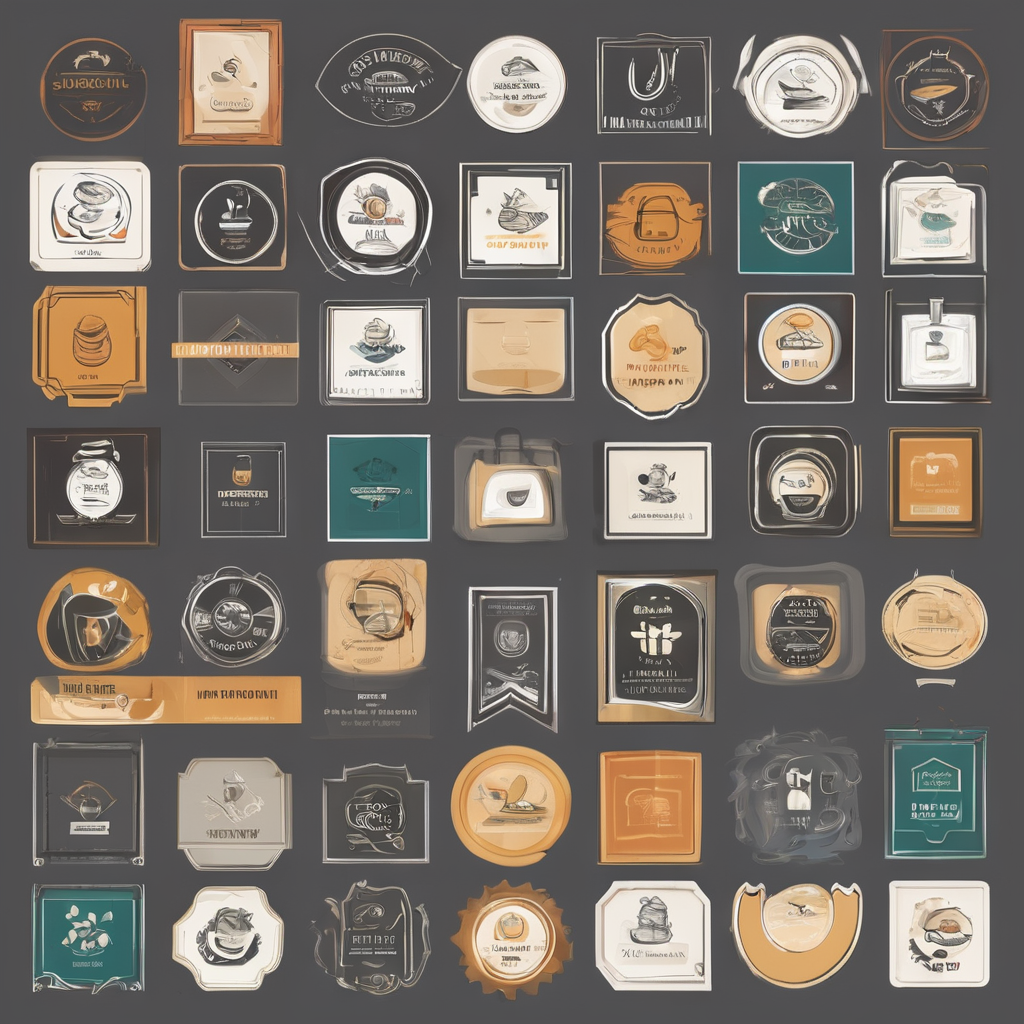Essential Ingredients and Equipment for a Classic Victoria Sponge Cake
A perfect Victoria sponge cake relies on the right ingredients and equipment, ensuring the ideal texture and flavor. The essential ingredients include equal weights of butter, caster sugar, eggs, and self-raising flour. Precise measurements—typically 200g for each ingredient—guarantee a balanced batter that rises well. Using fresh, high-quality ingredients greatly influences the cake’s taste. Opt for unsalted butter, free-range eggs, and finely sifted self-raising flour to avoid lumps and achieve a light crumb.
Regarding equipment for sponge cake, a reliable set of tools is crucial for consistent results. Two 20cm round cake tins are standard, providing even layers ready for assembly. Non-stick or well-greased tins prevent sticking, while parchment paper liners enhance ease of removal. A handheld electric mixer is recommended for efficient creaming of butter and sugar, but a sturdy wooden spoon can suffice with patience. Additionally, a kitchen scale aids in accurate measurement, and a sieve ensures flour is aerated.
Also to discover : How can you make a mouthwatering spotted dick from scratch?
In summary, these Victoria sponge cake essentials—a balanced ingredient list and suitable baking equipment—form the foundation of a classic, delicious cake with outstanding structure and flavor.
Preparing the Batter: Step-by-Step Process
Properly preparing the Victoria sponge cake batter is vital for achieving its characteristic light, airy texture. Begin by creaming the butter and sugar thoroughly using either a handheld electric mixer or a wooden spoon. Creaming incorporates air, which helps build a fine sponge structure. Beat until the mixture is pale and fluffy, signaling that enough air has been incorporated.
This might interest you : What are the best techniques for making a traditional Yorkshire pudding?
Next, add the eggs gradually to the batter. Doing so slowly prevents the mixture from curdling and encourages even distribution, essential for consistent rise and texture. To ensure smooth integration, it can help to beat in a spoonful of the flour with each egg addition.
Finally, fold in the self-raising flour gently but thoroughly to keep the batter light. Overmixing can develop gluten, resulting in a denser sponge. Use a spatula to fold, scraping down the sides of the bowl frequently for even mixing. The batter should be smooth, slightly thick but still soft enough to pour evenly into the tins. Consistent texture here plays a key role in the overall success of the Victoria sponge cake preparation.
Baking the Sponge Layers to Perfection
Achieving the perfect Victoria sponge cake depends heavily on precise baking conditions. The ideal oven temperature for sponge cake is generally 180°C (350°F) for fan ovens or 190°C (375°F) for conventional ovens. Maintaining this temperature ensures even rising and a golden crust without overbaking.
Preparing your cake tins properly is vital. Use two 20cm round tins, greased and lined with parchment paper, which prevents sticking and promotes even baking. Divide your Victoria sponge cake batter evenly between the tins for uniform layers; a kitchen scale can help achieve this accuracy.
Baking time typically ranges from 20 to 25 minutes. To test doneness, gently press the cake’s surface; it should spring back without leaving an indentation. Alternatively, insert a skewer or toothpick into the center—if it comes out clean, the sponge is ready. Avoid opening the oven door frequently, as this can cause the sponge to sink. Use consistent oven temperature and timing to guarantee a soft, airy texture and flawless rise every time you bake a Victoria sponge cake.








